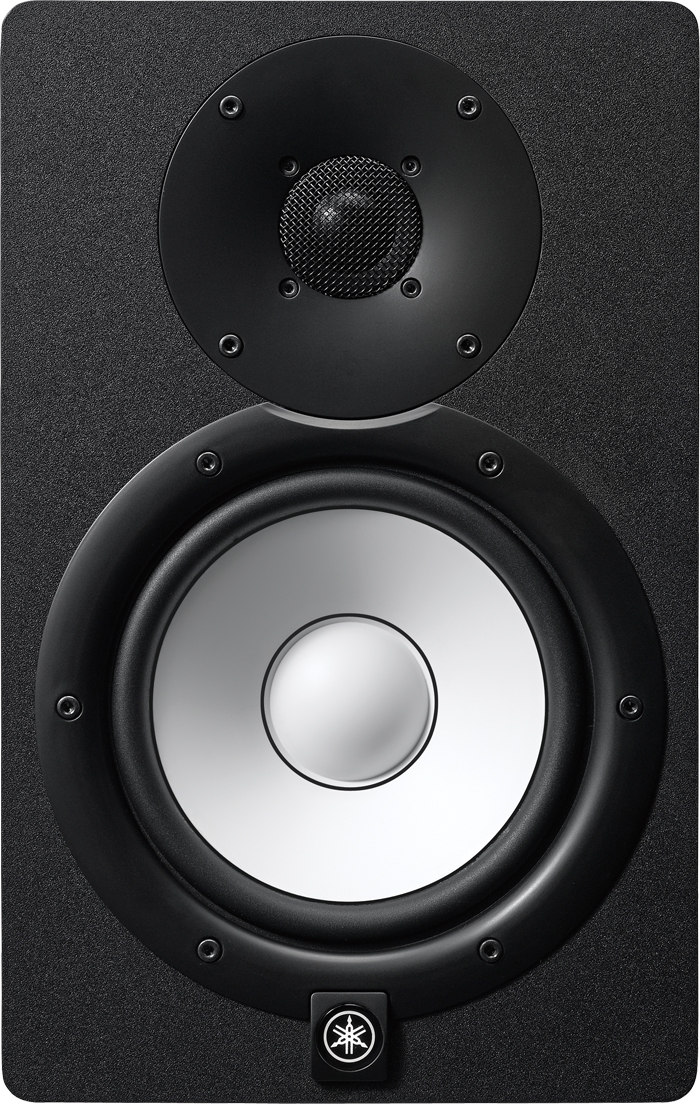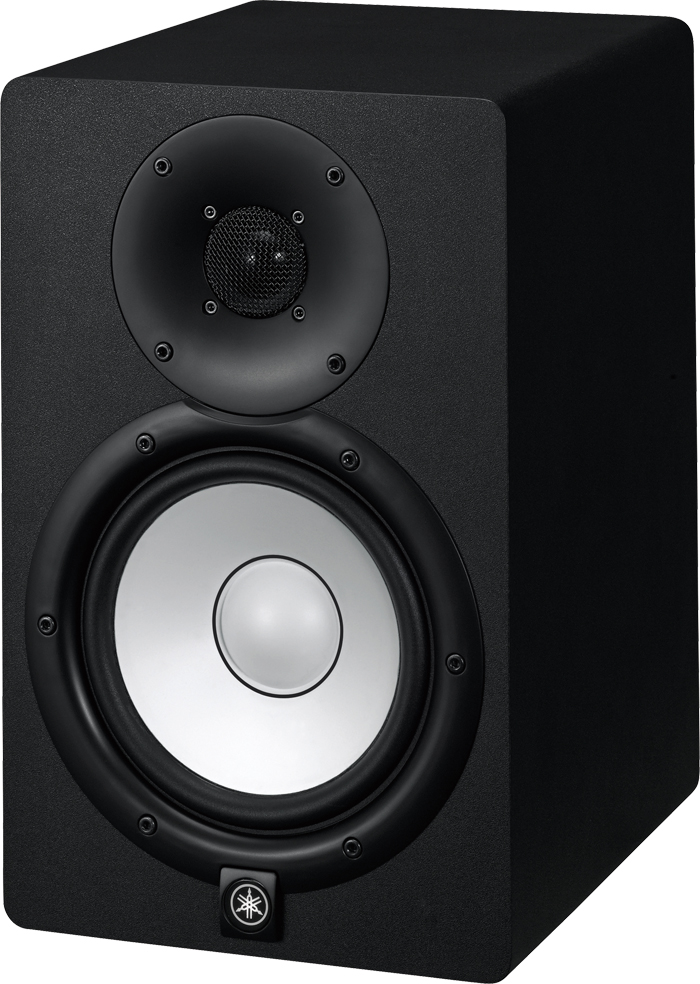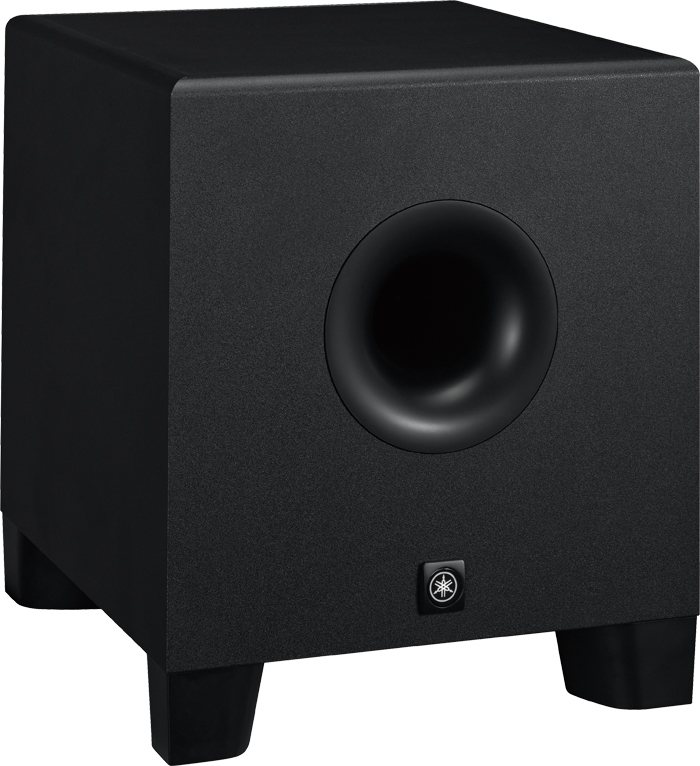Yamaha HS7 & HS8S Subwoofer Review
Continuing the design philosophy of the NS-10M and benefiting from developments in the MSP range, Yamaha’s HS Series includes three nearfields and a sub. Huw Price fires them up. Details Price HS7 £199 each. HS8S £458 Contact Yamaha 01908 366700 Web www.yamaha-music.co.uk Judging by the look of these monitors, Yamaha still has no intention of burning bridges […]

Continuing the design philosophy of the NS-10M and benefiting from developments in the MSP range, Yamaha’s HS Series includes three nearfields and a sub. Huw Price fires them up.
Details
Price HS7 £199 each. HS8S £458
Contact Yamaha 01908 366700
Web www.yamaha-music.co.uk
Judging by the look of these monitors, Yamaha still has no intention of burning bridges with the NS-10. And, why should it? A black enclosure with a mesh-covered tweeter and a bright white-cone woofer is just about as iconic as studio monitor branding can get. Many of us started our studio careers working with NS-10s, but even those who learned to love them will likely concede that things have moved on.
Yamaha certainly has and the HS7 is the latest addition to the HS Series, slotting size-wise in between the HS8 and the HS5. This series of active monitors has been designed and priced specifically for home studios. A 150-watt active subwoofer designated the HS8S has also been added to the line-up, so we’re pleased to be testing that along with a pair of the HS7s.
Rockin’ the Joint
Despite the specs, Yamaha claims that the “new additions share the same design philosophy as the legendary NS-10M Studio Monitors and the subsequent highly acclaimed MSP range”. Featuring an advanced low-resonance bass-reflex enclosure built with traditional three-way mitred joints, the corners of the speaker are apparently very firmly anchored, “leading to dramatically improved durability and the elimination of any unwanted resonance that can colour the original sound”.
The drive units are newly designed especially for the HS series and employ Yamaha’s advanced magnetic field design to “more efficiently regulate the flow of magnetic response”. The 6.5-inch woofer and the tweeter share 95 watts of onboard power. The enclosure has a rear port and Yamaha employs proprietary technology to reduce audible noise by up to 6dB at the port opening. A good number of modern speaker designers these days swear by the diffraction-reducing qualities of edges that are rounded over, so it’s interesting to note that Yamaha has opted for a cabinet with square front edges.

Testing Times
We started testing with the subwoofer disconnected from the system and the levels of clarity and transparency that the HS7s provided greatly exceeded expectations. Simply put, they sound wide-open, with crisp hats and cymbals, full but controlled bass, and lively transients that really allow grooves to do their thing.
The HS7s worked best in our studio with 2dB of treble attenuation, which seemed to smooth the transition from the mids to the highs. If you’re used to the forward midrange of smaller nearfields a familiarisation period may be required, but we found the HS7s very easy to get along with.
Used in a conventional stereo configuration, the HS7s are certainly not bass-light. In fact, the low-frequency response is full and solid down to 50Hz and more than adequate for the cabinet dimensions. There is a sense of a small degree of upper bass tip-up, but it’s subtle enough to be of little concern.
Obviously, some degree of fine-tuning will be required for the subwoofer settings depending on the amount of absorption and bass trapping installed in your studio. Even so, we found a combination of test tones and familiar tracks helped us to integrate the HS8S fairly seamlessly with the satellites.
For accurate monitoring purposes it’s best when you are hardly aware that it’s on, but you notice a massive difference when it’s not. Pushing the HS8S very hard, we did notice a bit of mechanical vibration from the vicinity of the heatsink, but at practical level settings we experienced no unwanted noises whatsoever.
Verdict
+ Very transparent sound
+ Low noise floor
+ Ample power
+ Simple but effective controls
– Soundstage could be deeper
– Limited bass control without subwoofer
– Power switch at rear
An excellent-sounding and solidly built 2.1 monitor system at a very competitive price.
8/10


